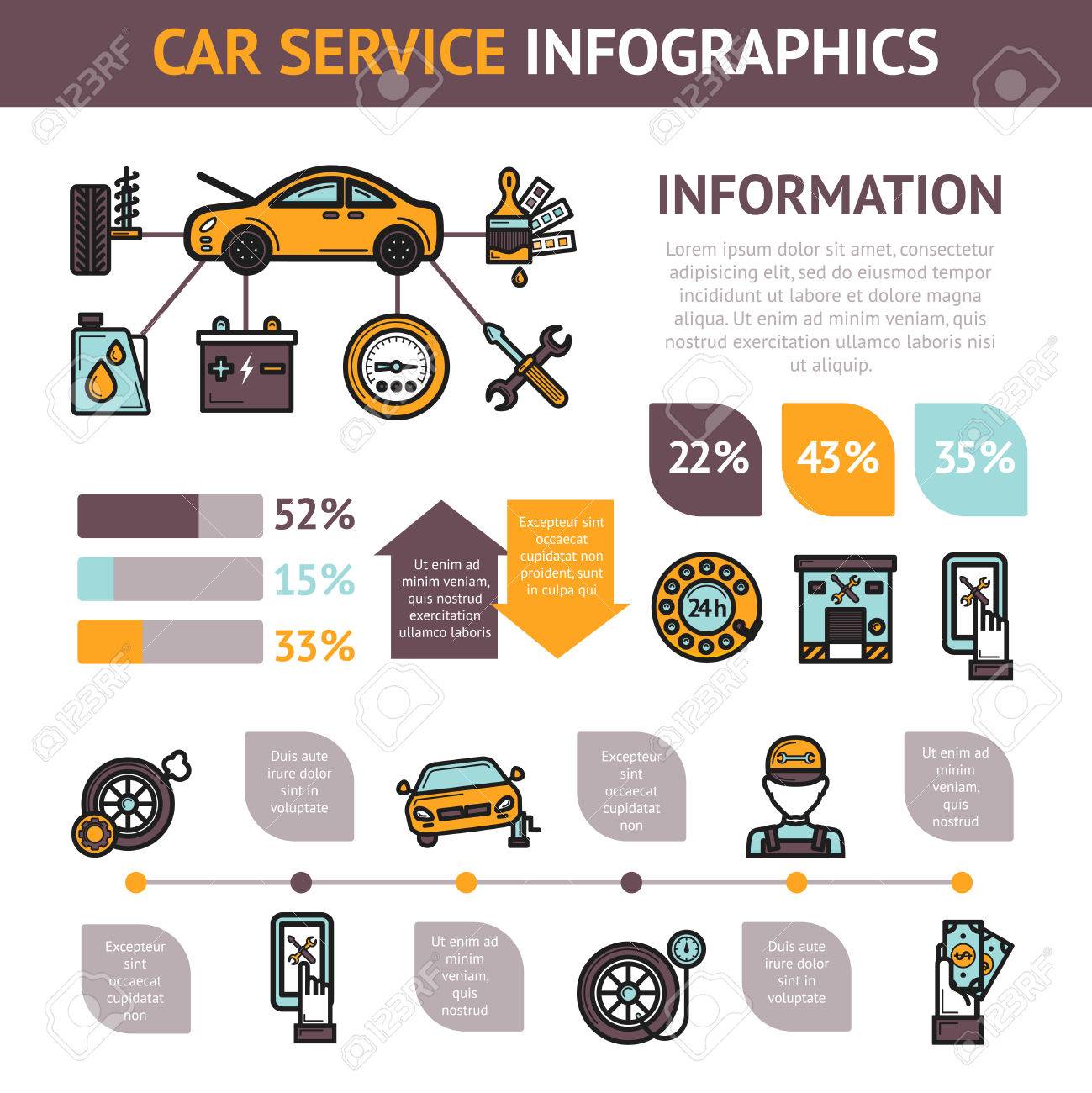Looking For Clearness On The Caution Lights Presented On Your Car'S Dashboard? Learn How They Associate With Your Car'S Health And Safety
Looking For Clearness On The Caution Lights Presented On Your Car'S Dashboard? Learn How They Associate With Your Car'S Health And Safety
Blog Article
Content Author-Sykes Stark
When you're behind the wheel, those glowing caution lights on your dashboard can be a bit complicated. Do you understand what they're trying to inform you about your car's health? Comprehending the relevance of these lights is vital for your security and the long life of your car. So, the next time one of those lights pops up, would not you wish to analyze its message precisely and take the necessary actions to address it?
Common Caution Lights and Interpretations
Determine common caution lights in your vehicle and comprehend their significances to ensure secure driving.
One of the most normal warning lights include the check engine light, which signifies concerns with the engine or emissions system. If this light begins, it's essential to have your vehicle examined quickly.
The oil stress alerting light indicates low oil stress, needing immediate attention to prevent engine damages.
A blinking battery light may recommend a defective billing system, potentially leaving you stranded if not attended to.
The tire stress monitoring system (TPMS) light informs you to low tire stress, impacting car stability and gas efficiency. Overlooking this might lead to hazardous driving conditions.
The abdominal light suggests an issue with the anti-lock braking system, compromising your ability to stop swiftly in emergency situations.
Last but not least, the coolant temperature alerting light warns of engine overheating, which can result in severe damages otherwise fixed swiftly.
Understanding these common caution lights will certainly help you resolve problems quickly and preserve risk-free driving conditions.
Relevance of Prompt Interest
Comprehending the typical caution lights in your automobile is only the primary step; the importance of immediately attending to these cautions can't be stressed enough to ensure your safety and security when driving.
When a warning light illuminates on your dashboard, it's your car's means of communicating a potential concern that requires attention. Overlooking https://cruzmhcwp.madmouseblog.com/12586157/the-convenience-of-mobile-cars-and-truck-detailing-changes-your-automobile-s-appearance-yet-is-it-as-efficient-as-traditional-approaches-discover-the-reality-behind-this-service can cause extra severe problems down the road, jeopardizing your safety and security and potentially costing you much more in repairs.
Motivate interest to alerting lights can prevent breakdowns and accidents. For hop over to these guys , a blinking check engine light could indicate a misfire that, if left neglected, might trigger damage to the catalytic converter. Resolving this promptly can save you from a costly fixing.
In a similar way, a brake system alerting light may indicate low brake fluid or used brake pads, crucial components for your security when driving.
DIY Troubleshooting Tips
If you see a warning light on your dashboard, there are a few DIY troubleshooting suggestions you can attempt before seeking expert help.
The primary step is to consult your automobile's guidebook to comprehend what the particular warning light indicates. Sometimes the concern can be as straightforward as a loose gas cap triggering the check engine light. Tightening the gas cap might resolve the issue.
An additional usual problem is a low battery, which can set off different warning lights. Examining the battery links for corrosion and guaranteeing they're protected could take care of the issue.
If a caution light persists, you can attempt resetting it by separating the vehicle's battery for a few mins and afterwards reconnecting it. In addition, inspecting your car's fluid levels, such as oil, coolant, and brake fluid, can help troubleshoot alerting lights related to these systems.
Final thought
Finally, comprehending your auto's caution lights is crucial for keeping your car running smoothly and safely. By promptly dealing with these alerts and knowing what they imply, you can avoid costly fixings and prospective malfunctions.
Remember to consult your cars and truck's handbook for particular details on each alerting light and do something about it accordingly to make certain a trouble-free driving experience.
Remain informed, stay https://www.consumerreports.org/car-repair-shops/where-to-go-for-car-maintenance-and-repairs/ when traveling!
